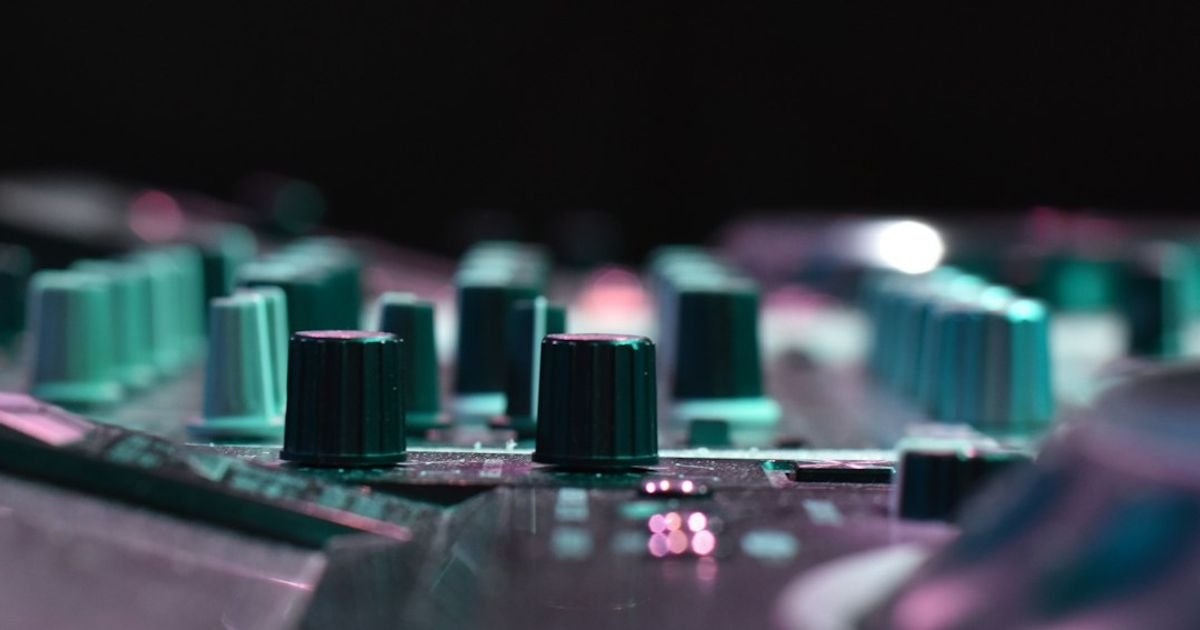About Prompt
- Prompt Type – Dynamic
- Prompt Platform – ChatGPT, Grok, Deepseek, Gemini, Copilot, Midjourney, Meta AI and more
- Niche – Music Generation
- Language – English
- Category – Content Creation
- Prompt Title – AI Prompt for Generating Custom Music Tracks Based on Mood
Prompt Details
This prompt is designed to be adaptable across various AI music generation platforms. It prioritizes control over mood, instrumentation, and structure, allowing for highly customized music creation. It leverages best practices for prompt engineering, including clarity, specificity, and iterative refinement.
**Core Prompt Structure:**
“`
Compose a [Genre] music track that evokes a feeling of [Primary Mood]. The track should be approximately [Duration] in length.
Mood Nuances: [List 2-3 related moods or emotions to add depth]. For example:
* [Nuance 1, e.g., peaceful contemplation]
* [Nuance 2, e.g., gentle nostalgia]
* [Nuance 3, e.g., hopeful anticipation]
Instrumentation: Primarily use [Instrument 1], [Instrument 2], and [Instrument 3]. Consider incorporating [Optional Instrument(s)] for specific sections or accents. Specify if you desire a particular ensemble type (e.g., string quartet, jazz trio, electronic soundscape).
Structure/Sections: The track should have the following sections:
* [Section 1, e.g., Intro – 0:00-0:15]: [Description of musical characteristics, e.g., sparse instrumentation, slow tempo, ambient sounds]
* [Section 2, e.g., Verse 1 – 0:15-0:45]: [Description of musical characteristics, e.g., introduction of main melody, moderate tempo, rhythmic accompaniment]
* [Section 3, e.g., Chorus – 0:45-1:15]: [Description of musical characteristics, e.g., powerful melody, increased tempo, richer harmony]
* [Section 4, e.g., Verse 2 – 1:15-1:45]: [Description of musical characteristics, e.g., similar to Verse 1, perhaps with slight variation]
* [Section 5, e.g., Bridge – 1:45-2:00]: [Description of musical characteristics, e.g., change in key or tempo, build in intensity]
* [Section 6, e.g., Chorus – 2:00-2:30]: [Description of musical characteristics, e.g., similar to Chorus 1, potentially with added instrumentation or vocal harmonies]
* [Section 7, e.g., Outro – 2:30-2:45]: [Description of musical characteristics, e.g., gradual fade out, return to sparse instrumentation]
Tempo: [BPM range, e.g., 60-80 BPM]
Key: [Specify key or mode, e.g., C Major, A Minor, Dorian mode]. If unsure, specify “Let the AI decide” or “Suitable key for the mood”.
Additional Instructions (Optional):
* [Specific rhythmic patterns or time signatures].
* [Desired melodic characteristics (e.g., legato, staccato, ascending, descending)].
* [Harmonic complexity (e.g., simple triads, complex chords, dissonances)].
* [Dynamic range (e.g., quiet and intimate, loud and powerful)].
* [References to existing music tracks for inspiration (e.g., “similar to the style of [Artist] in their song [Song Title]”). Note: Avoid direct copying; focus on stylistic inspiration.]
* [Specific sound effects or ambient textures].
Output Format: [Desired file format, e.g., MIDI, WAV, MP3].
“`
**Dynamic Adjustments:**
* **Genre Flexibility:** Replace “[Genre]” with any genre (e.g., Ambient, Classical, Rock, Pop, Jazz, Electronic, Hip-Hop, Lo-fi, Cinematic). Be as specific as possible (e.g., “90s Grunge Rock,” “Latin Jazz”).
* **Mood Precision:** The “Mood Nuances” section is crucial. Instead of just “happy,” specify “joyful exuberance,” “lighthearted playfulness,” or “contented serenity.” The more detailed the emotional landscape, the better the AI can understand your vision.
* **Instrumentation Control:** Be precise with instrument choices. Instead of “strings,” specify “violin,” “cello,” “viola,” or “contrabass.” For electronic music, mention specific synthesizers or sound design techniques (e.g., “Moog bassline,” “granular synthesis pads”).
* **Structural Variations:** Adapt the sections to fit your desired track structure. Add or remove sections as needed. Describe the musical characteristics of each section in detail.
* **Iterative Refinement:** After generating an initial track, listen carefully and provide feedback to the AI. For example: “The chorus needs more energy. Can you increase the tempo and add more layered vocals?” This iterative process is key to achieving the desired result.
By using this dynamic prompt and refining it through iterations, you can effectively guide AI music generation platforms to create unique and compelling custom music tracks perfectly tailored to your specific needs and creative vision. Remember to experiment and explore different combinations of parameters to discover new sonic possibilities.

